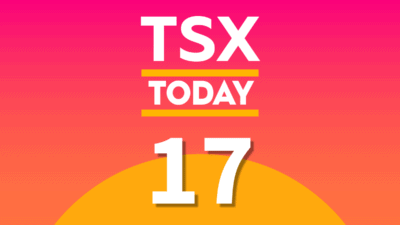Recently, French integrated global energy major Total SA (NYSE: TOT) suspended its $11 billion Joslyn oil sands project because of rising costs, transportation bottlenecks, and an uncertain outlook for crude prices.
How expensive are oil sands projects to develop?
In contrast, a report from Bank of Nova Scotia (TSX: BNS)(NYSE:BNS) earlier this year indicated that the development costs for the oil sands are among some of the lowest for crude in North America. The report found the lowest breakeven costs were in the Bakken in South Dakota at $44.30 per barrel, while the highest were in the Permian shale in Texas at $81 per barrel.
In fact, the average breakeven cost for U.S. oil production is $72 per barrel; Canadian oil production averages between $63 and $65 per barrel, with the oil sands averaging $65 per barrel. This makes the oil sands’ average breakeven price lower than Canadian light crude production, which was $66 per barrel, and lower than a number of U.S. oil plays, including the Permian and Nioabrara.
This is in stark contrast to claims by oil sands operators that rising costs, volatile crude prices, and lack of pipeline capacity are making projects too expensive to develop. But these costs don’t tell the full story alone. A key issue for oil sands operators is that heavy crude produced from the oil sands trades at a considerable discount to West Texas Intermediate.
It was only six months ago that Canadian heavy crude was trading at a discount to WTI of around 40%, but this has narrowed over that period to 26%. There are fears among industry insiders and analysts that this price differential will widen as pipeline capacity constraints and growing U.S. crude production reduce demand for Canadian crude.
This discount to WTI sees players in the patch reporting some of the lowest operating netbacks per barrel of crude produced, and it is this figure that measures the profitability of a specific project and a company’s oil producing operations. The lower netbacks obtained from the oil sands become apparent when comparing the netbacks for various projects at Husky Energy (TSX: HSE). For the first quarter of 2014, Husky was able to generate an operating netback of $35.99 per barrel compared to $52.75 for its conventional medium oil and $41.86 for its conventional heavy oil.
This gave Husky a company-wide operating netback of $44.81 per barrel for that period, while one of the largest oil sands operators in the patch, Canadian Natural Resources (TSX: CNQ)(NYSE: CNQ), reported an operating netback for the same period of $34.61 per barrel. Another major player in the oil sands industry, Cenovus (TSX: CVE)(NYSE: CVE), reported an operating netback of $44.41 for the same period.
Light oil producers Crescent Point Energy (TSX: CPG)(NYSE; CPG) and Lightstream Resources (TSX: LTS), both reported significantly higher netbacks of $52.65 and $56.11 respectively.
This highlights the relatively thin margins oil sands operators are able to generate for each barrel of crude produced. As a result, both rising costs and the discount between Canadian heavy crude and WTI (which is expected to deepen) will significantly impact the profitability of oil sands projects.
How do investors manage this risk?
At first glance, the obvious solution for investors is to invest only in those companies with production predominantly weighted to Canadian light oil, but this is simplistic at best because there are a range of other factors at play. Key among these is growing downward pressure on the price of Canadian light crude as U.S. domestic light crude production grows and the demand for energy imports wanes. Already over the last year, Edmonton Par, or Canadian light crude, has seen its discount to WTI deepen by 16%.
A key strategy for managing this risk is to invest in integrated energy majors that have a geographically diverse range of assets and refining operations that allow them to better manage the price spread between different types of crude. These companies also have deep pockets, and when their possession of both downstream and upstream operations is taken into consideration, they are well positioned to remain profitable should there be any concerted downturn in crude prices.
Obviously, risk-averse investors can’t go past the majors including Suncor Energy (TSX: SU)(NYSE: SU), Canadian Natural Resources, and Husky, because of their solid operations, diversified asset bases, ongoing solid profitability, refining operations, and sustainable dividend payments. Due to higher realized oil prices and the narrowing discount between Canadian heavy crude and WTI, all three reported solid financial results in the first quarter of 2014, with Suncor posting record results for the quarter.








